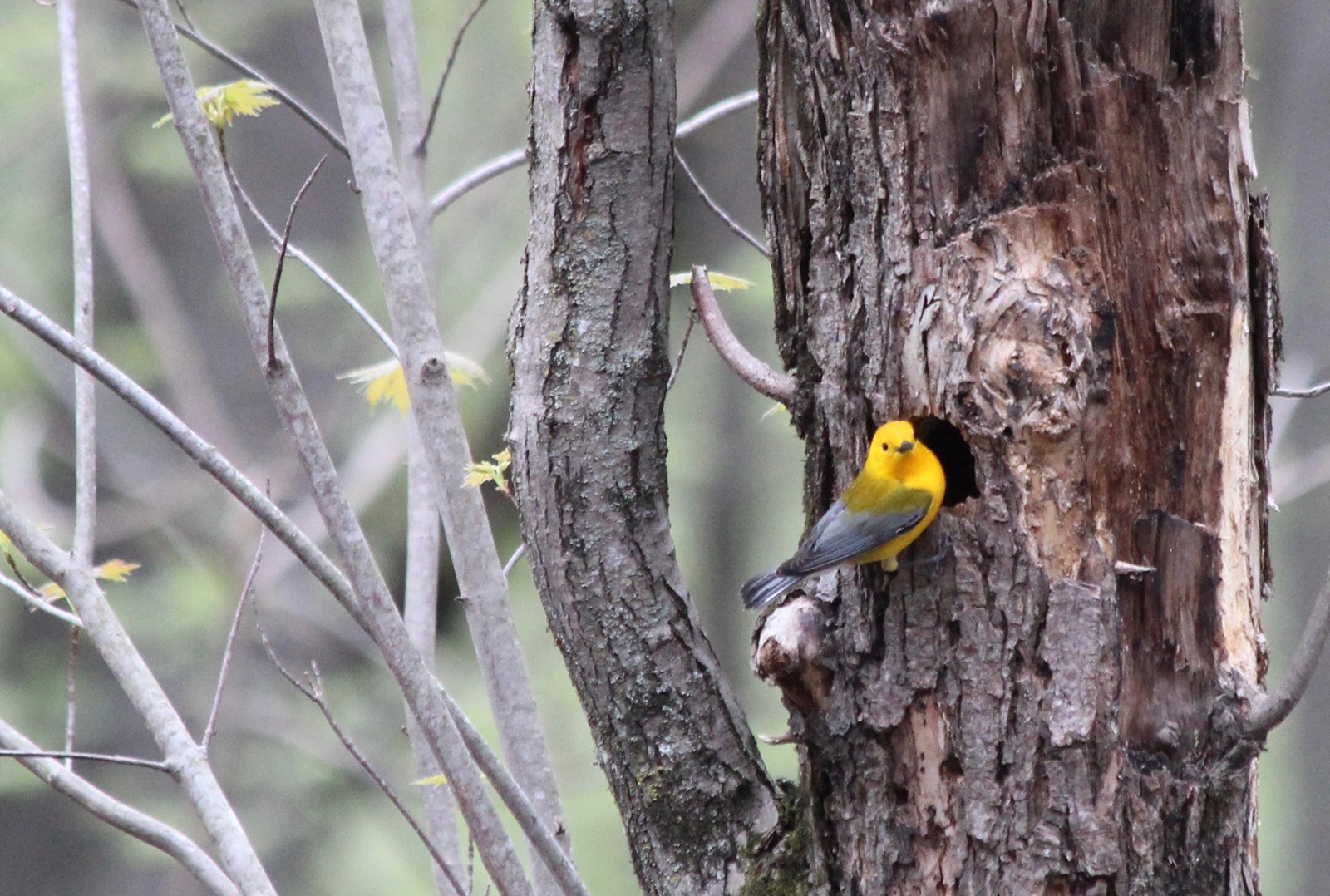
Note: Afton State Park volunteer Nina Manzi has been updating the phenology calendar in the visitor center with events and pictures for years. When the pandemic began in March 2020, Nina adapted by providing the information online, including sharing it with St. Croix 360.
Phenology is the study of recurring events in the life cycle of plants and animals, many of which are closely tied to patterns of climate and seasonality. Learn more at the Minnesota Phenology Network.
Astronomy:
Jupiter and Saturn continue to rise earlier and earlier. Saturn comes up in the east around 9:15 pm, and Jupiter around 11:00 pm. If you’re up early look in the east for Venus low near the horizon, and Jupiter in the south. Mars is bright and about halfway between Venus and Jupiter. If you use binoculars and look at Mars you may be able to see Uranus next to it! Mars is orange in color, and Uranus is green.
Birds
Look for Eastern Kingbirds perched on dead trees and fence posts. Identify them by the white band at the end of their tail. Kingbirds hunt insects by “flycatching”. From their perch they watch for insects, then swoop out to catch them, sometimes seeming to flutter in place in the air. Turkey Vultures soar over the prairie and the river. American Goldfinches are busy raising young. They use thistledown to line their nests and feed their young thistle seeds and consequently are one of the last species in our area to nest, since they must wait for thistle flowers to bloom. Listen for Indigo Buntings in the woods. Their call sounds like “fire, fire. Where? Where? Here, here. See it? See it?”
Mammals
Deer have changed from their winter gray coats to summer red and bucks are growing antlers. Rabbits, like deer, are “crepuscular”, which means that they are active at dawn and dusk. Chipmunks are active in the daytime, or “diurnal”, and skunks are active at night, or “nocturnal”.
Amphibians and reptiles
Young toads are growing up! Watch for them hopping across paths as you hike near the water.
Insects
Many dragonfiles are active at Afton. Dragonflies are generally described as either “fliers” or “perchers”. Fliers spend most of their time on the wing and are more difficult to observe and photograph. Perchers find places to perch then make brief hunting flights to catch smaller insects. Both the Meadowhawks and the Skimmers are perchers.
The families of dragonflies known as “Darners” and “Clubtails” are also perchers. Clubtail larva require clean, fast-flowing rivers with lots of oxygen, and there are lots of clubtails on the St. Croix River, particularly north of Afton.
Like all dragonflies, Clubtails and Darners undergo what is called “incomplete metamorphosis”. It’s called “incomplete” because there is no pupa stage, just egg, larva, and adult. The larva are aquatic hunters that molt their exoskeletons several times, getting bigger and bigger. The larva are called “nymphs”. Some species remain in the larval form for only a few weeks, while other species are larva for years!
When the nymphs are ready to become adults, they rest in the water in a state called “diapauses” for a couple of days, then very early in the morning they crawl out of the water and hold onto some kind of surface – a rock, a tree trunk, or a plant stem. After a short time the skin at the back of the head cracks open, spreads down the back of the larva, and before long a full-sized dragonfly emerges. It has to rest for an hour or so while its wings harden, and is very vulnerable to predators during this time. That’s why dragonflies emerge very early in the morning!
Plants
Look for evening primroses along the edges of the woods, and for jewelweed near wet areas. It’s also called “spotted touch-me-not” and is a favorite nectar plant of hummingbirds and many insects. And on the prairie see if you can find bee balm (and a few bees!) and oxeyes.
And many people know that milkweed is the host plant for Monarch butterflies and their larva. Did you know that it’s also the host for the Milkweed Tussock Moth caterpillar, and a favorite of the Red Milkweed Beetle? The Red Milkweed Beetle is a member of the Long-Horned Beetle Family, which gets its name from its very long antennae.
Weather observations
Here are some weather observations from past years.
| Friday, July 29 | 2014: Sunny and in the 60s in the morning, rising to a high near 80°. |
| Saturday, July 30 | Saturday, July 30 2010: cloudy and misty through day. |
| Sunday, July 31 | 2015: breezy and sunny, high In the low 80s |
| Monday, August 1 | 2012: 70s in the morning, rising into the 90s. Hot and humid |
| Tuesday, August 2 | 2006: Record rainfall of 2.69 inches |
| Wednesday, August 3 | 2002: Record rainfall of 2.36 inches; 2020: in the 50s in the morning, high in the 70s |
| Thursday, August 4 | 2014: ½” of rain overnight |
Photo/Image credits
All photos copyright Nina Manzi, except:
- Alan G. Nelson, Dembinksy Photo Associates, MN Conservation Volunteer: Striped Skunk Dudley Edmondson, MN Conservation Volunteer: Indigo Bunting
- Dean Lokken: Chipmunk, Eastern Kingbird, Rabbit, Turkey Vulture, White-tailed Deer Gary Sater: American Goldfinch
- Greg Seitz, St. Croix 360: Darner Nymph, Midland Clubtail Dragonfly, Rapids Clubtail Dragonfly
































Comments
St. Croix 360 offers commenting to support productive discussion. We don’t allow name-calling, personal attacks, or misinformation. This discussion may be heavily moderated and we reserve the right to block nonconstructive comments. Please: Be kind, give others the benefit of the doubt, read the article closely, check your assumptions, and stay curious. Thank you!
“Opinion is really the lowest form of human knowledge. It requires no accountability, no understanding.” – Bill Bullard
One response to “Afton State Park phenology, July 29 to August 4”
Awesome story and information. Thanks for sharing